At first, the sirens were unremarkable. When you live just a few blocks from the volunteer fire company, you grow accustomed to the bleating and wailing as engines speed past. By the same token, you also recognize when the customary becomes extraordinary.
The longer your senses are assaulted by the noise, the more you notice that this is not a typical response. One minute, three minutes, seven, twelve – how long can they continue coming? You send up a prayer for whoever is on the receiving end of that much help. You selfishly hope your loved ones are safe. You try to wrangle your racing thoughts into submission. And then, the phone rings.
Minutes after it began, a raging fire of suspected electrical origin claimed the life of a 90-year-old barn at Pot Pie Farm. It was a summer holiday week and the owners’ family, from both coasts, had come together to celebrate. Five children under the age of ten, the oldest of whom managed their own meanderings on the nine acre property, were among those gathered.
Thank heavens no one was injured. It could have been so much worse.
These were the lifelines to which everyone clung in the aftermath of the event, even as they reeled from the magnitude of what had happened.
When he called me that afternoon, my husband knew I would be devastated. For thirteen years we’d lived at this farm. It was our daughters' first home, where their earliest aspirations took shape. They appreciated every bump and tumble place, every high and mighty place, every cool and silent place. We all knew the barn so well that any one of us could navigate it in the dark. Sometimes I'd play a little game with myself and do just that, even when I could have turned on a light, because it reminded me that there was nothing to fear.
Fifteen years earlier, the structure had been extensively renovated. Modifications made under the direction of previous farm stewards had weakened its integrity, causing the sidewalls to cant precariously away from the roof. It needed an intervention to go on living. After the work was completed, it seemed ready to stand for another century.
One of the upgrades included the addition of a cement pad in place of the compacted earth which had previously served as its only floor. Our girls, two- and four-years-old at the time, pressed their tiny hands into a corner of the wet concrete, leaving a lasting impression. Another print, the size of a four-egg omelet, was laid down at the same time, dwarfing theirs. It belonged to Luther, a man just shy of 80, who had served as the farm’s caretaker for more than 50 years.
Though still strong as a mule (and nearly as stubborn), pictures of a more robust Luther had hung inside the barn, from back when dairy cattle and sheep were among those making use of the space, and when the upper reaches of a Loblolly pine along the lane might not have been so high as to be beyond the reach of a nimble, climbing child.
Local lore indicated that the barn was built around 1920, and from that time forward, it anchored the property through numerous owners and offspring. Also on its walls were pictures of the farm’s owners, their children and grandchildren, my children, generations of people who’d been held in the bosom of that space. The barn was the nerve center of the farm, the congregation point for weekly harvests and wedding parties, dinners and dedications, free-range youngsters and unhurried conversations.
In a river of activity, there was an eddy at the barn where beautiful moments whorled around and lasting memories settled out. It pulled people in and somehow, inexplicably, left them feeling more complete than when they arrived.
One might attribute the transformation to any number of factors—the gentle energy of animals, the constant supply of the most delicious food, the box seat views of both sun- and moonrise, the distinctly measured pace—and certainly these were part of the experience.
But there was something more, something magical, something sacred. Emanating from the walls of that barn, mingled with the seductive scent of dirt, and sky, and history, was the essence of potential.
No doubt, you can identify places of equal merit in your own life, sanctuaries that bring you back to yourself, connecting you to the past, coaxing you toward the future while simultaneously, wondrously, anchoring you to the now.
For a small, working farm like Pot Pie, the barn and its contents were invaluable, the lost historical records irreplaceable. When it was safe, I searched the rubble hoping the find a remnant of the handprints, but the intense heat had left the cement blackened and crumbly.
Fire cares nothing for legacies. But neither can it devour spirit. The pulse of a place is not so easily destroyed. Emerging from the promise of possibility, there is resolve. There is hope.
This essay, in its original form, was written just weeks after the event, a decade ago. Like the fire itself, it could not be contained. It billowed out of me from a place of deep knowing and deep loss. Revisiting it now, I still instinctively curl inward as if to shield myself from the intensity. It’s hard to read, but it’s not the end.
Two years after the fire, a new barn with a smaller footprint was constructed on the former site. It didn’t replace the original—nothing could—but its walls now gather in their own stories. Rehabilitation is a process and, when it comes, notable. To rebuild is to rise and, to once again, make way.
As it happens, this farmland is now in another phase of transition. Ann and Charlie, guardians since 1991, have just handed the keys over to a new family, the 14th recorded stewards since the late 1700s. Before that, the Choptank, the Nanticoke, and scores of native peoples who, like all of us, came there for community and sustenance.
The barn fire at Pot Pie Farm occurred as those who loved her best converged to celebrate Independence Day. I can’t help but see the political challenges of our time reflected in the crisis.
Historic structures are storied, precious, and vulnerable, and our efforts to protect them troubled by expected and unnatural forces. Many decay. Many fall. But there is a vitality, a pulse of energy felt from within, that endures. From there, I believe it’s possible to to recreate form and function. It may not look like it once did, but it carries on.
~Elizabeth




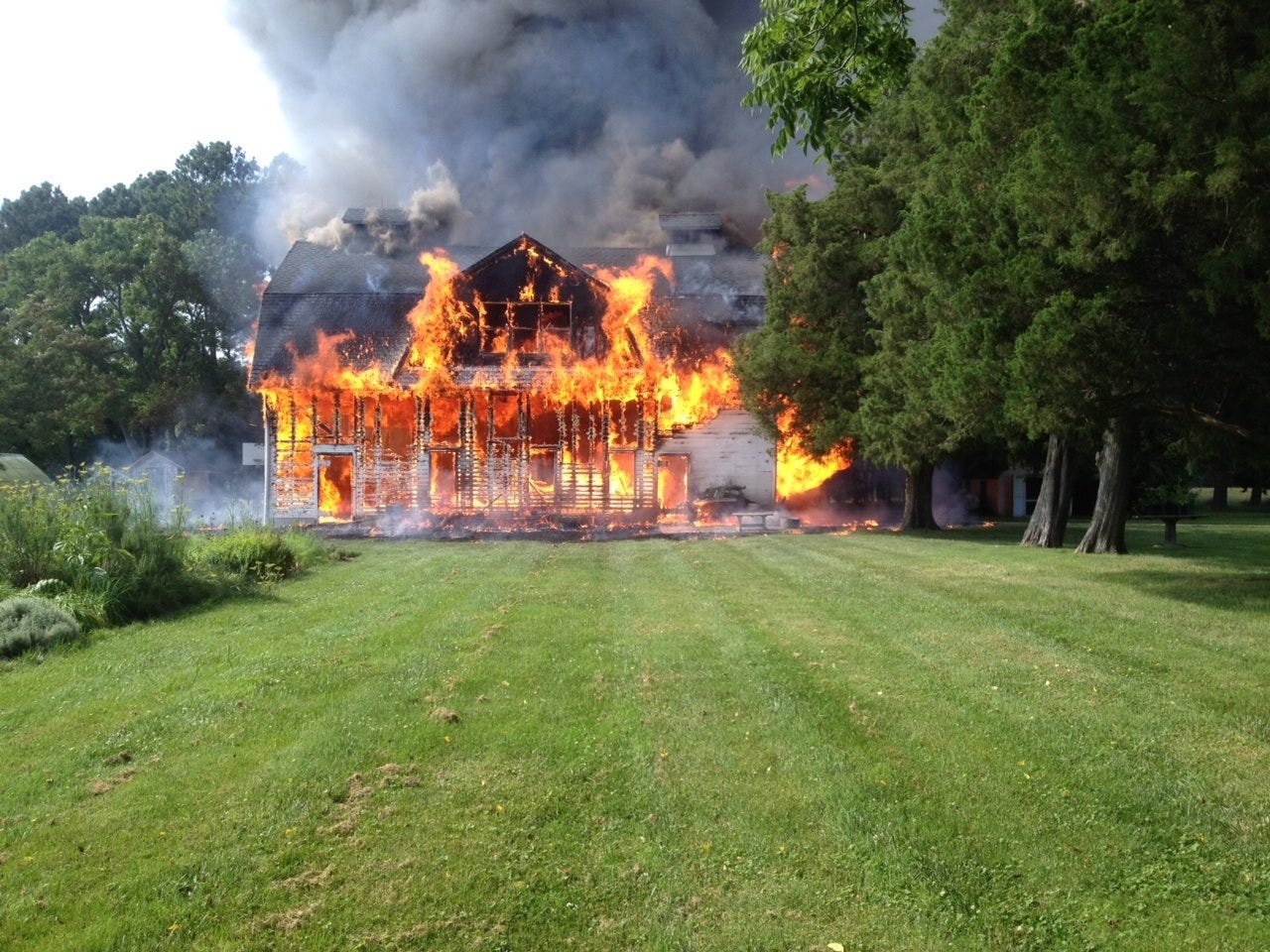

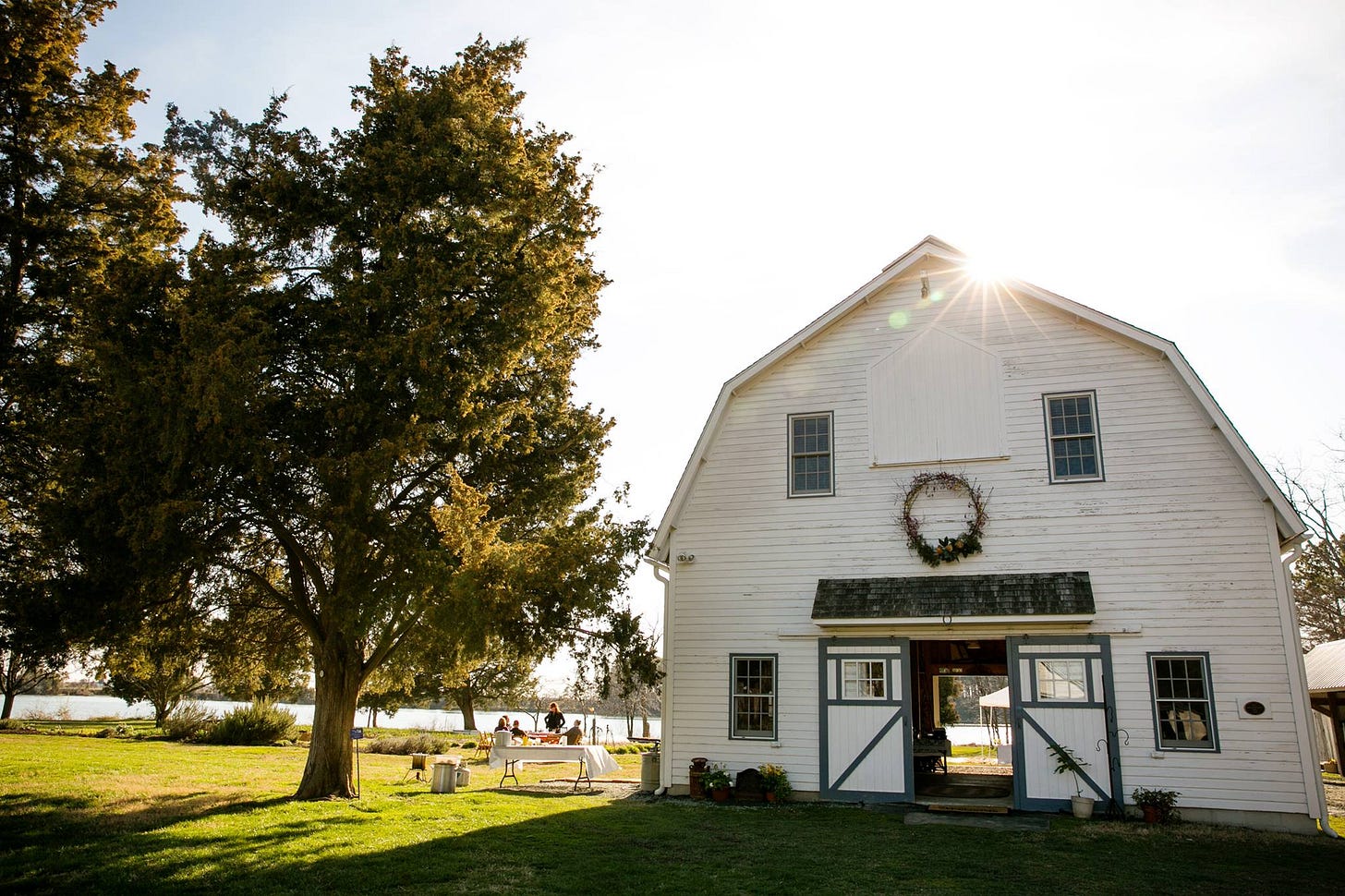
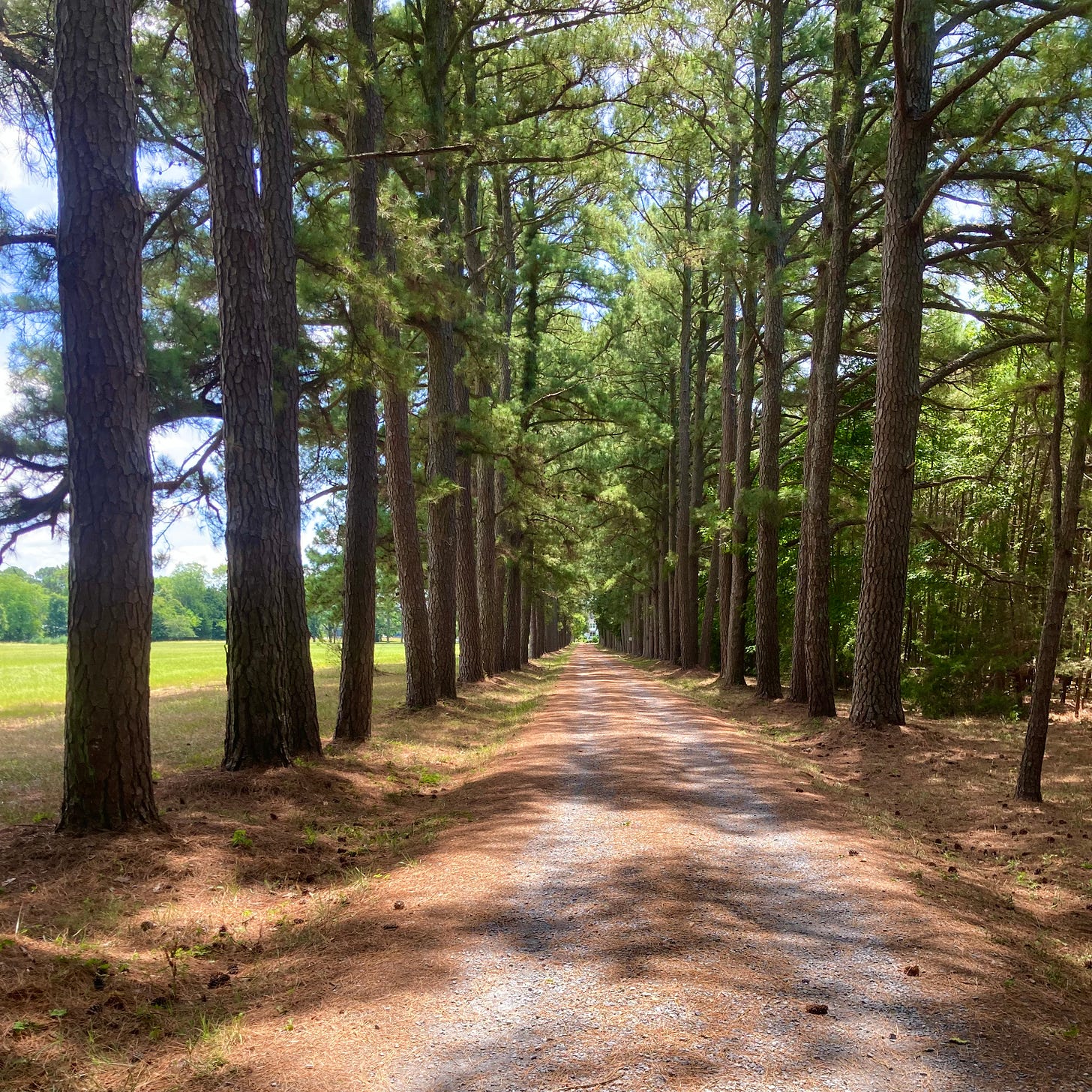

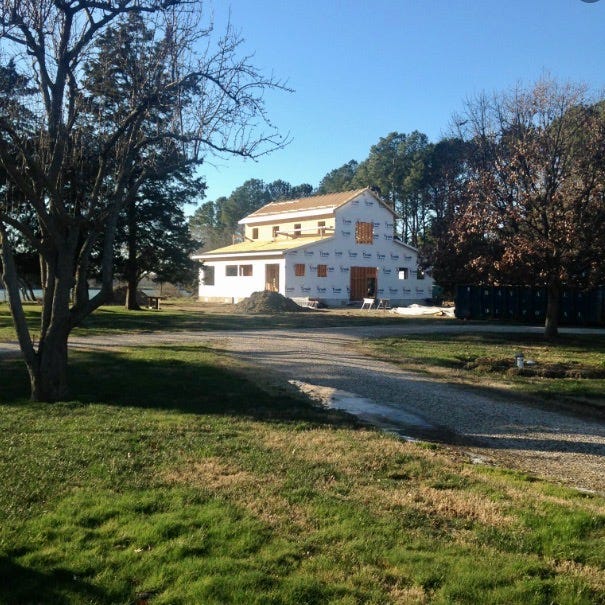
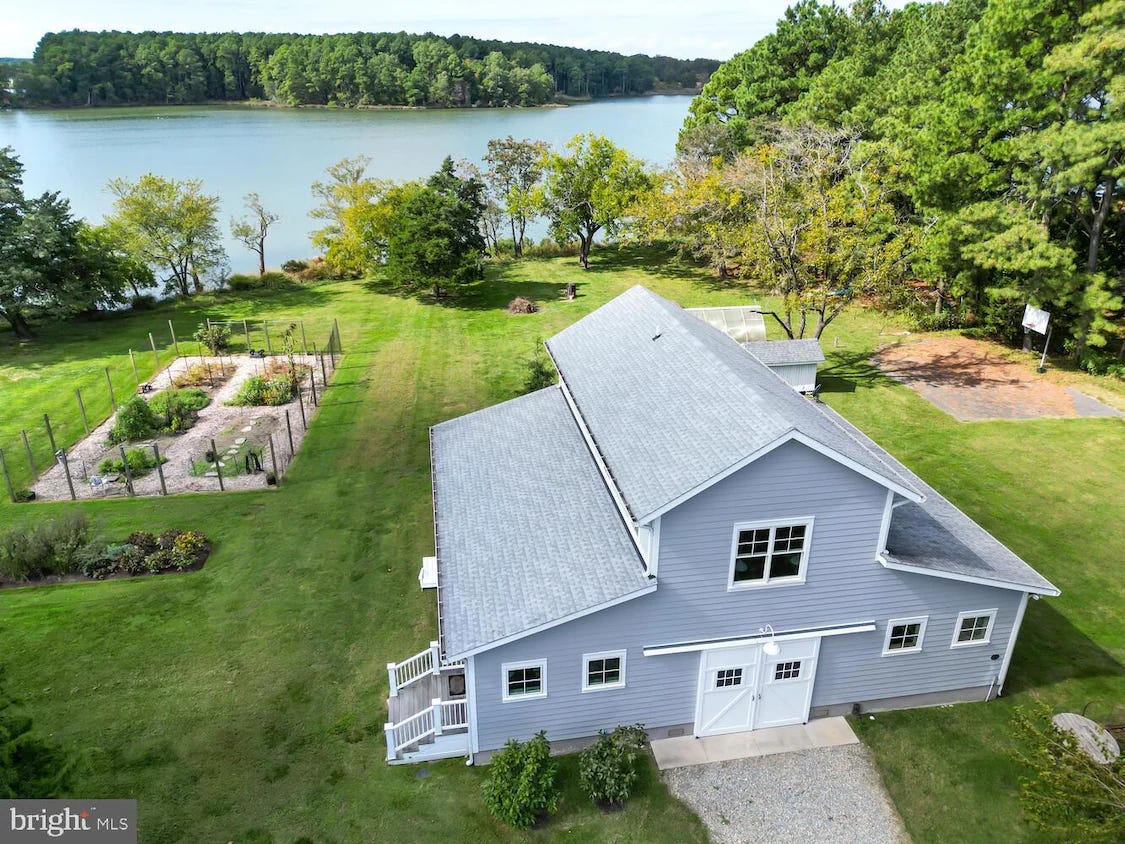

I deeply appreciate the extended metaphor of this piece. It was a balm I needed after the fires of the past week, especially today.
These words, when I went back for a re-read, felt especially poignant: "It was our daughters' first home, where their earliest aspirations took shape. They appreciated every bump and tumble place, every high and mighty place, every cool and silent place. We all knew the barn so well that any one of us could navigate it in the dark. Sometimes I'd play a little game with myself and do just that, even when I could have turned on a light, because it reminded me that there was nothing to fear."
I'm so sorry for the loss of your barn, which took even your daughters' handprints. I appreciated, too, this passage: "It didn’t replace the original—nothing could—but its walls now gather in their own stories. Rehabilitation is a process and, when it comes, notable. To rebuild is to rise and, to once again, make way."
I remember the fire and the sadness I felt. Living just around the corner, it was a touchstone of coming home along with the red roofed schoolhouse and the "flowerbeds".
I also have strong memories of A barn. My grandmother's was a world all its own to my young self to explore and hide in, away from adults talking and talking. It was a place to nestle in the hayloft, climb on the old buggy and carriage, find Bantam eggs and the occasional black snake. I can still see the hay motes sunlit in the open door and smell the warm scent of hay, dust, old leather, and the horses that once lived there.